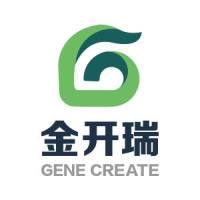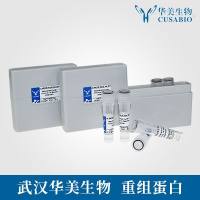Isolation, Growth, and Purification of Defective Adenovirus Deletion Mutants
互联网
474
Adenovirus mutants that lack essential genes must be grown by complementation, the products of the missing genes supplied by a source other than the viral genome. Two methods are available for the growth of defective adenovirus mutants by complementation. For mutations confined to E1, E4, or portions of E2, complementing cell lines that contain segments of viral DNA and that can supply the missing viral products can be used to produce pure stocks of mutant particles (1 –9 ). This approach will probably be extended to other regions of the viral genome, but may prove difficult to adapt to genes such as the late genes, whose products are required in large amounts by the virus. Alternatively, defective mutants can be grown as mixed stocks with a second helper virus that can supply in trans functions required by the mutant (10 ). Providing that a mutant contains all of the cis -active elements required for viral growth and is large enough to be packaged into an adenoviral capsid, there are in principle no restrictions on the DNA sequences that can be deleted from a mutant grown by complementation with helper virus. In addition, because the helper virus replicates, even products needed in large amounts can be effectively supplied in trans . Recently, adenoviral genomes constructed for gene therapy purposes and lacking nearly all viral sequences have been propagated in this way (11 –13 ).









